
Archives


TVs Versus Degrees

The 12 Items of Christmas and Abundance

Thanksgiving will be 13 Percent More Abundant This Year
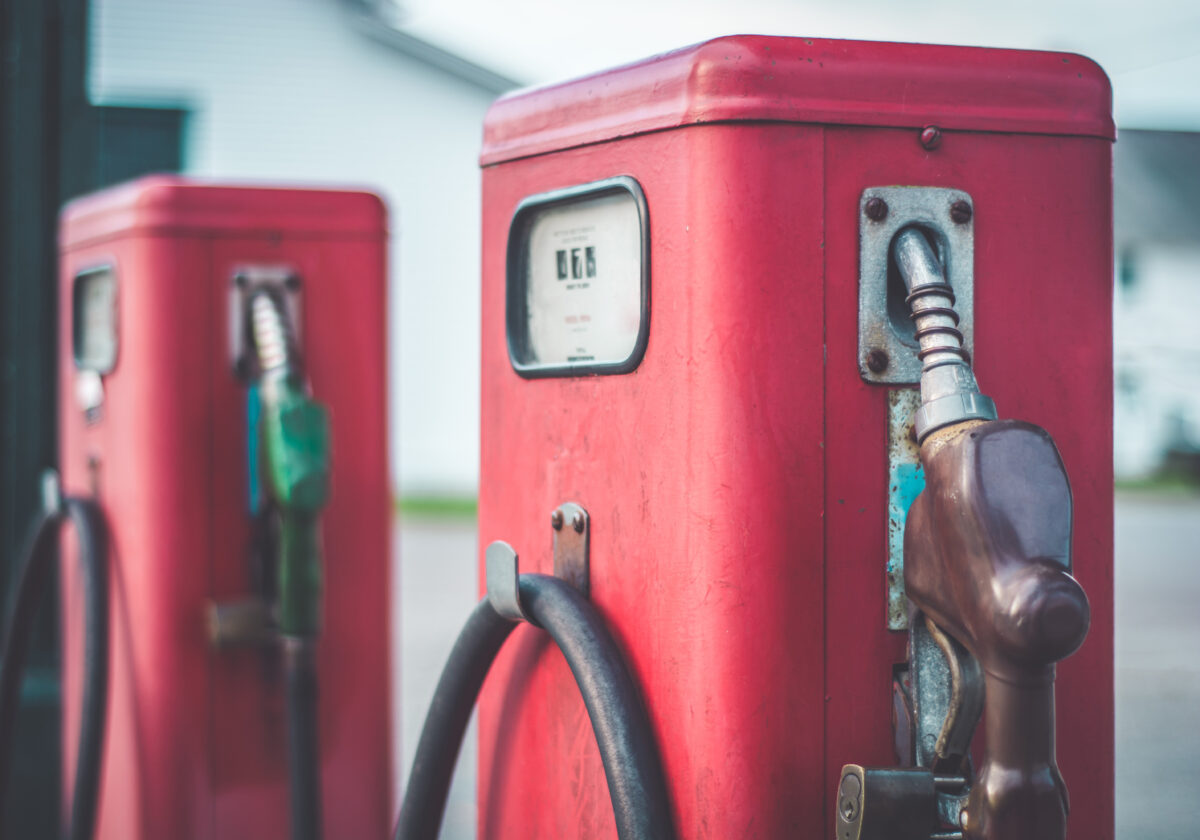
For The Time It Took To Get One Mile In 1980, You Get 2.29 Today.

Desalinating Water Is Becoming “Absurdly Cheap,” Elon Musk schools Bill Maher

More Light Innovation

From 1979 to 2019 Finished Goods Became 761 Percent More Abundant for Upskilling Workers
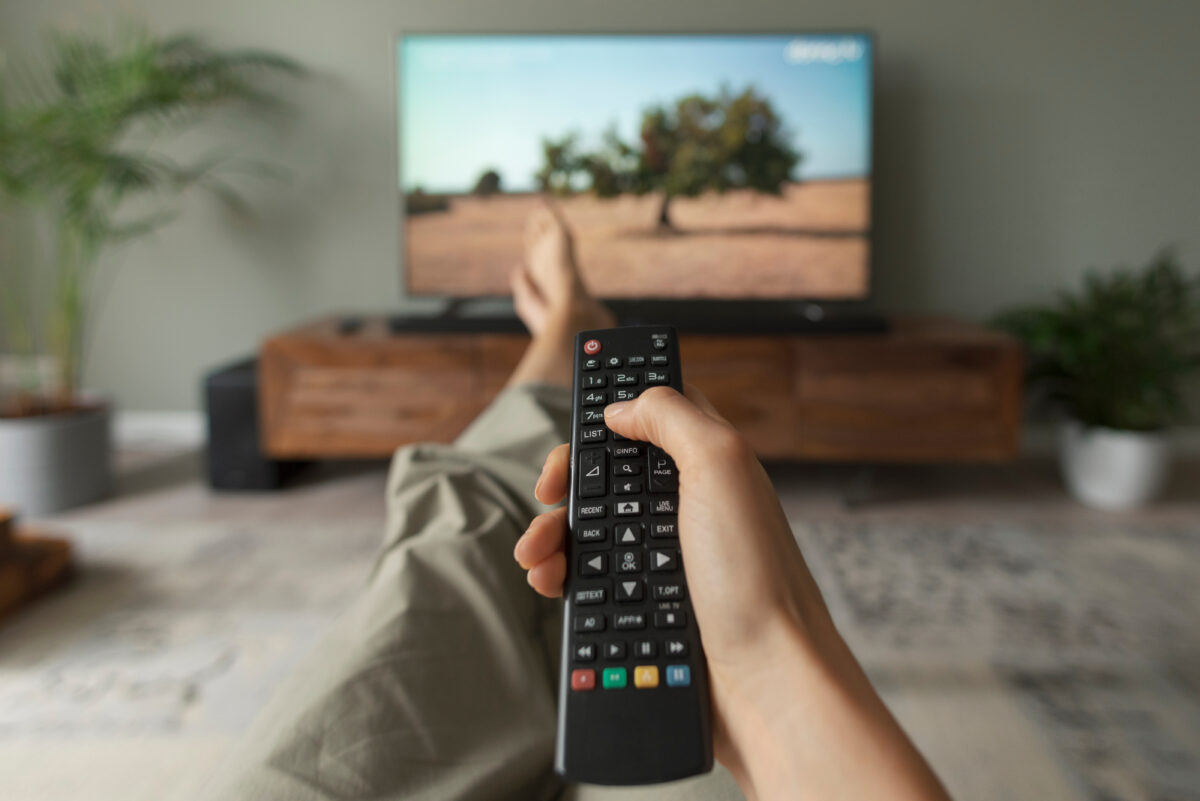
After 96 Years, TV Abundance Continues to Flourish
What Philo T. Farnsworth invented in 1927 has become one of our most beloved products with billions sold.
Gale Pooley on “A Book with Legs” Podcast

Healing Peter’s Pessimism
Take Elon Musk’s advice and “look at the numbers”
A Tale of Two Curves: Physical Life vs. Economic Life

Superabundance in the Washington Times
A relentless advance toward superabundance
Superabundance Day
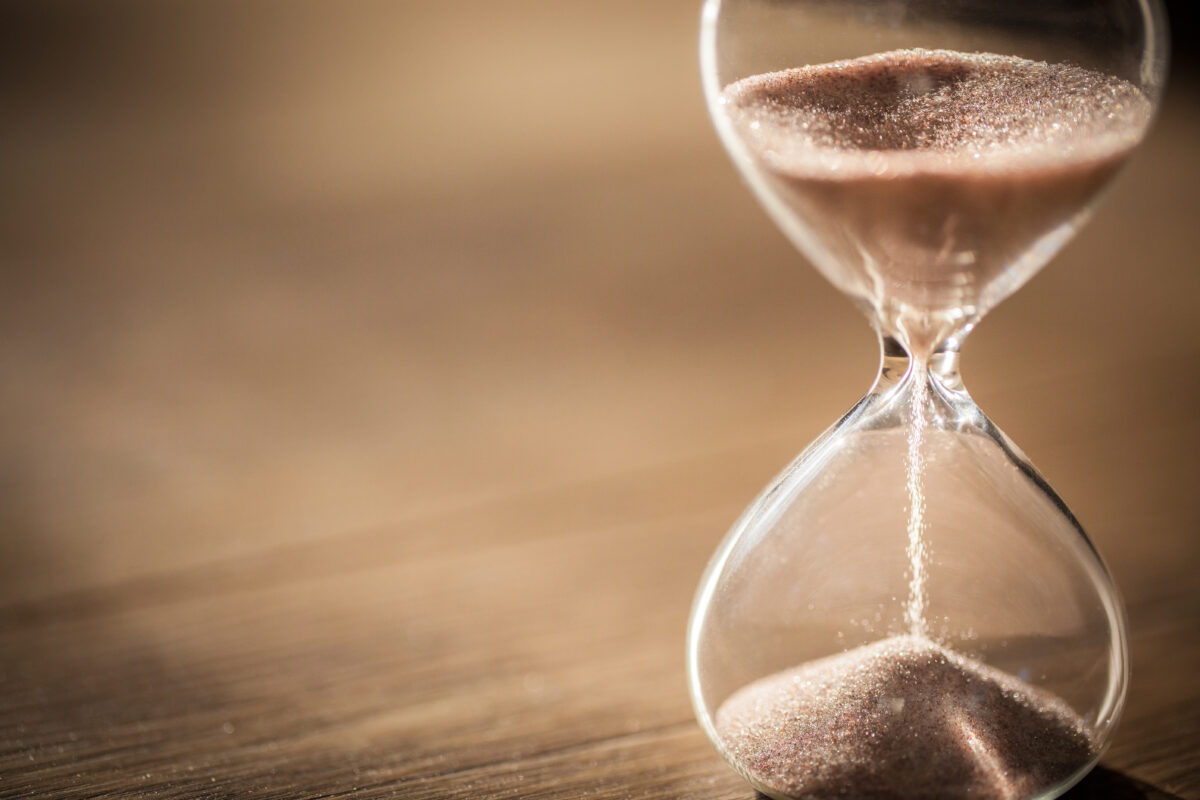
The Greatest Inequality in America
The rich are 58 times richer than the poor.
Refrigerator Abundance
For the time to earn the money to buy one refrigerator in 1956, you get over 13 today. While U.S. population doubled in the last 66 years it takes 85 percent less time to give everyone a refrigerator.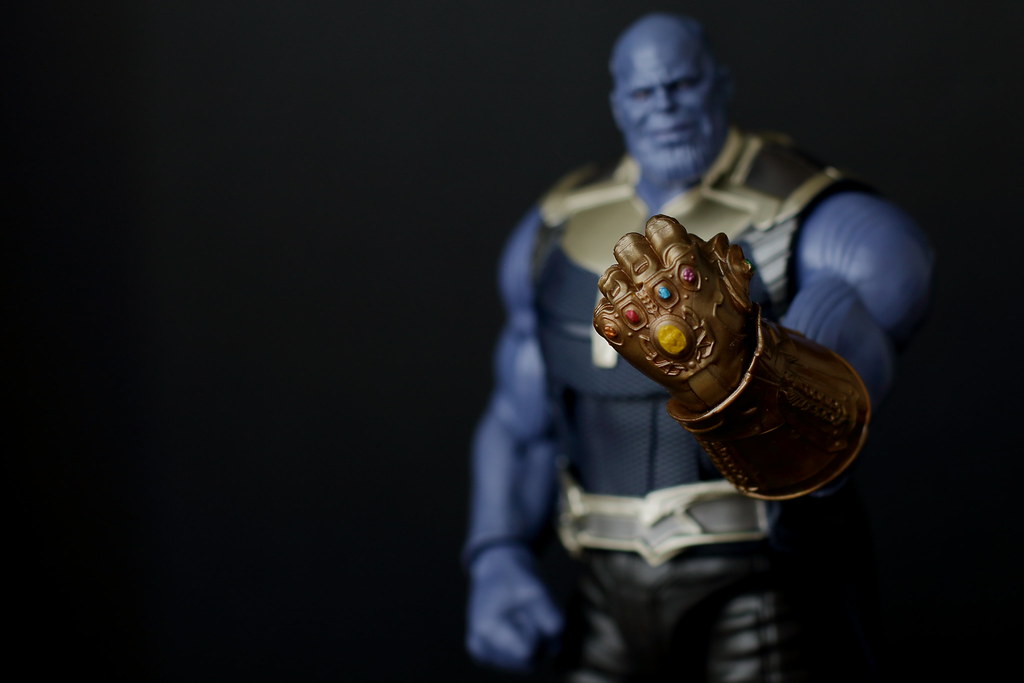
Are We Running Out?
From 1980 to 2020, every one percent increase in population corresponded to a four percent increase in personal resource abundance and an eight percent increase in global resource abundance.
Elon Musk’s Learning Curves
Can he do for electricity what he's done for rockets and cars?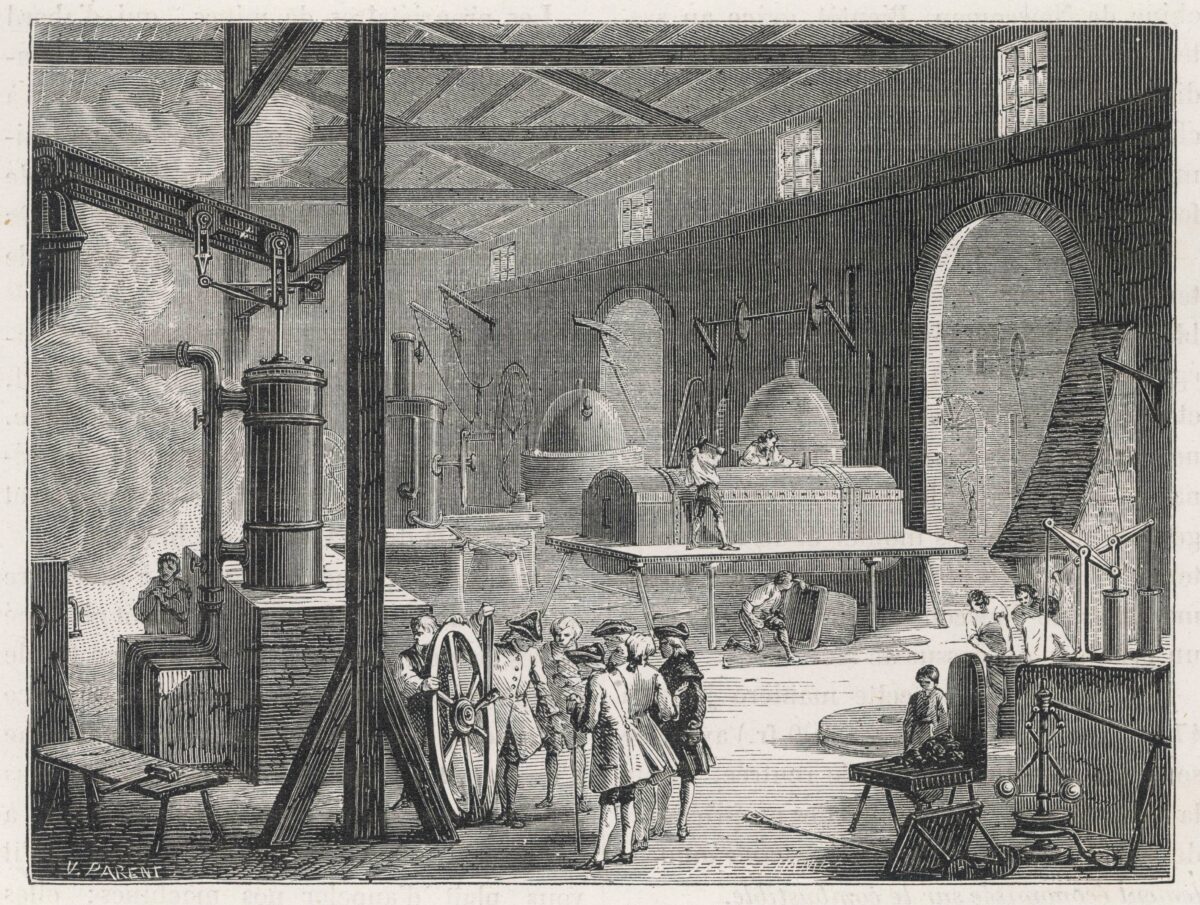
Work Less, Earn More, Live Longer
From 1856 to 1981 men in the U.K. got 174,720 more hours to enjoy life while incomes rose 383 percent.